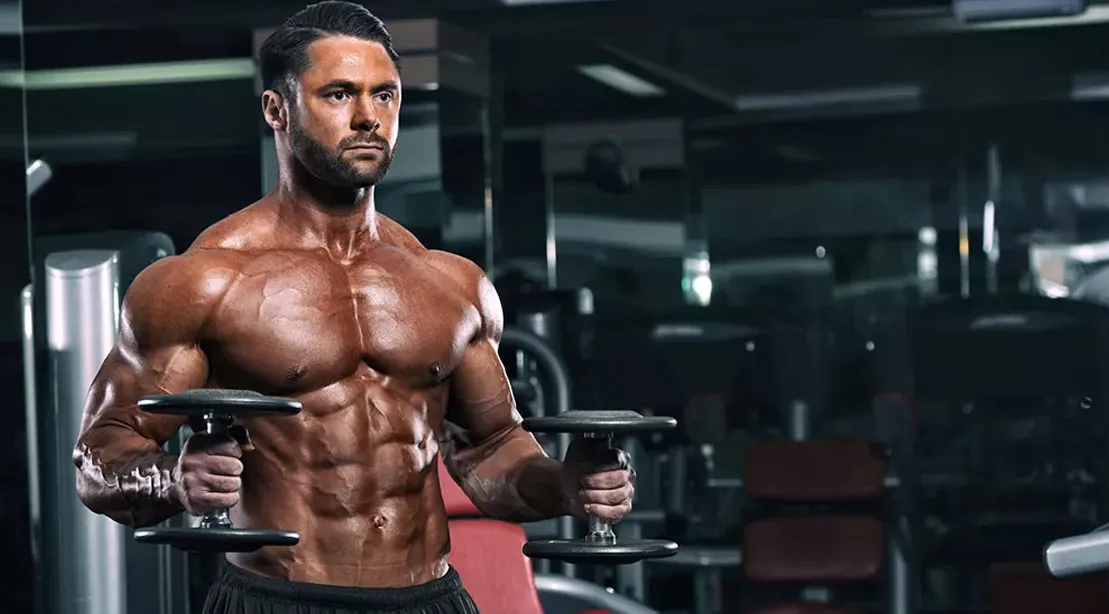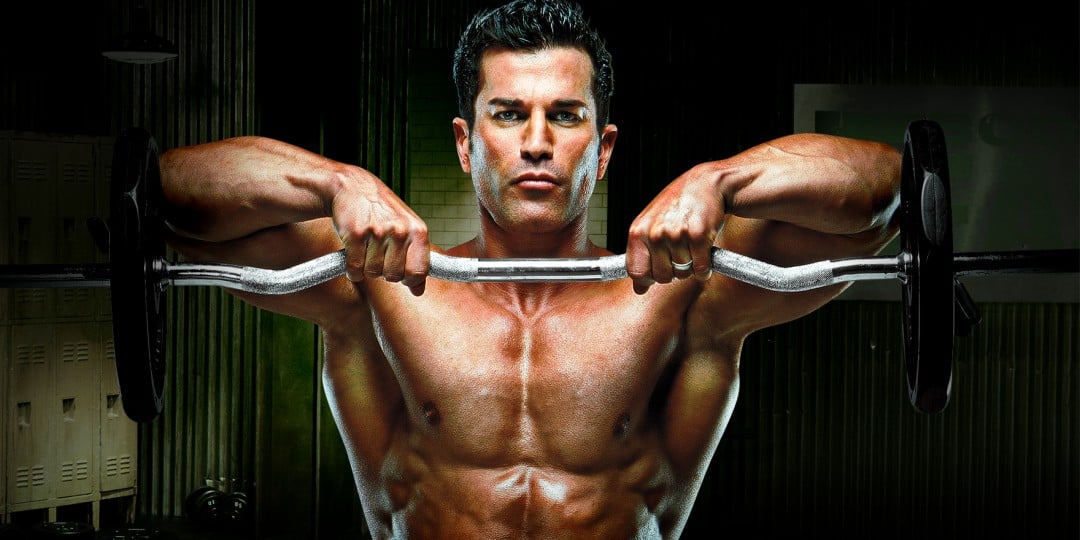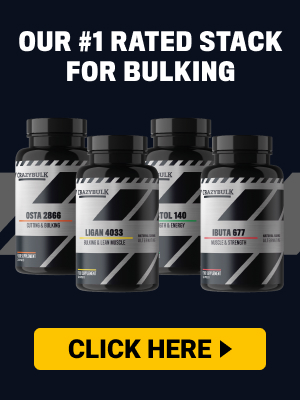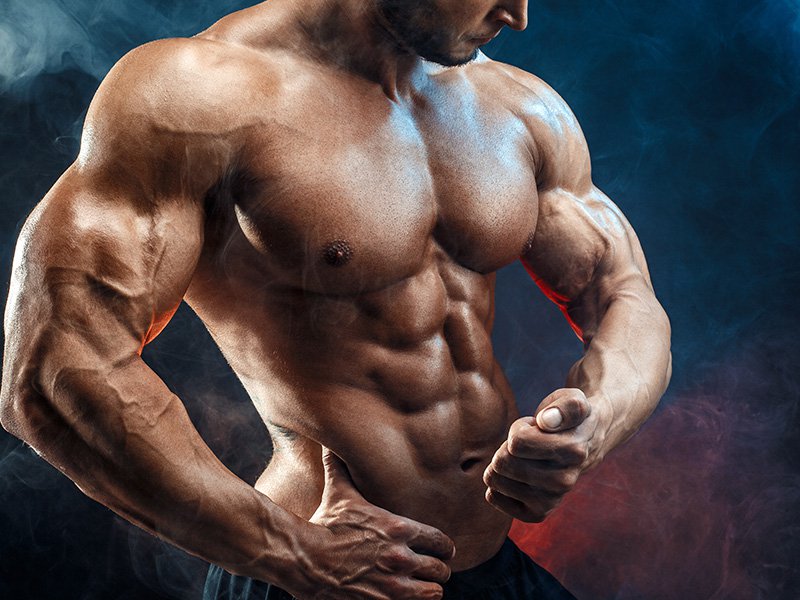How to Progress on Any Training Split (Beginners to Advanced)
You can have the perfect workout split, but if you’re not progressing, you won’t grow. Training splits are just the framework — real results come from how you progress within the split.
Whether you’re running a 3-day full-body routine, a 6-day PPL, or an advanced PHAT program, the principle is the same: progressive overload.
In this guide, we’ll break down exactly how to progress on any workout split, covering:
- How beginners, intermediates, and advanced lifters should adjust
- Different types of progression (load, reps, sets, volume)
- How to avoid plateaus
- Practical progression models you can apply today
🔑 The Core Principle: Progressive Overload
Muscles don’t grow just because you “go to the gym.” They grow because they’re forced to adapt to increasing demands. Progressive overload means gradually increasing the stress you place on muscles over time.
The four main levers you can pull are:
- Increase the Load → Lift heavier weight.
- Increase the Reps → Perform more reps with the same weight.
- Increase the Sets → Add an additional set for more volume.
- Improve Technique → Better range of motion, slower tempo, or controlled eccentric.
👉 The key is to progress systematically, not randomly.
📈 Progression by Training Level
Beginners (0–1 year)
- Linear progression works best.
- Add small amounts of weight almost every workout.
- Focus on form and consistent increases.
Example (Bench Press):
- Week 1: 100 lbs x 3×8
- Week 2: 105 lbs x 3×8
- Week 3: 110 lbs x 3×8
👉 As long as form holds, beginners can add 2.5–5 lbs per session.
Intermediates (1–3 years)
- Linear gains slow down.
- Progression must cycle between volume and intensity.
- Use double progression: increase reps first, then increase load.
Example (Squat):
- Target rep range: 6–8 reps
- Week 1: 225 lbs x 3×6
- Week 2: 225 lbs x 3×7
- Week 3: 225 lbs x 3×8
- Week 4: 235 lbs x 3×6
👉 Progress happens week to week, not workout to workout.
Advanced (3+ years)
- Gains are much slower.
- Use periodization (planned cycles of volume and intensity).
- Rotate focus: hypertrophy block → strength block → deload.
Example (Deadlift Block):
- Weeks 1–3: 4×8 @ moderate weight (volume focus)
- Weeks 4–6: 5×5 @ heavier weight (strength focus)
- Week 7: Deload (reduced load/volume)
👉 Advanced lifters measure progress over months, not weeks.
⚙️ Progression Models You Can Use
Linear Progression (Beginners)
- Add weight each workout.
- Works great for 5×5, full-body, and basic Upper/Lower.
Double Progression (Intermediates)
- Increase reps within a range before increasing weight.
- Ideal for PPL, PHUL, and hypertrophy programs.
Wave Loading (Advanced)
- Alternate heavy and lighter sessions.
- Example: 3×3 heavy → 3×6 lighter → repeat.
Volume Cycling (Advanced)
- Rotate training blocks emphasizing different rep ranges.
- Keeps stimulus fresh and avoids plateaus.
Auto-Regulation (RPE/RIR)
- Rate of Perceived Exertion (RPE) or Reps in Reserve (RIR).
- Train based on effort, not fixed numbers.
- Great for advanced lifters with fluctuating recovery.
🚧 How to Avoid Plateaus
- Track Everything → Keep a training log (weight, reps, sets).
- Deload Regularly → Take 1 light week every 6–8 weeks.
- Change Stimulus → Add new rep ranges, tempos, or accessory lifts.
- Prioritize Recovery → Sleep, nutrition, and stress management drive growth.
- Don’t Program Hop → Stick to a split for at least 8–12 weeks before judging results.
📊 Practical Takeaways for Each Split
- Full Body (3 days): Linear progression, add weight every session.
- Upper/Lower (4 days): Double progression, focus on rep range targets.
- PPL (5–6 days): Double progression with isolation volume increases.
- Bro Split (5–6 days): Progress through volume (sets, angles, pump work).
- PHUL: Mix strength progression on Power days, double progression on Hypertrophy days.
- PHAT: Rotate progression — strength on Power days, volume increases on Hypertrophy days.
✅ Final Takeaway
Progression is the engine of growth. No split works without it.
- Beginners → Linear progression (add weight every workout).
- Intermediates → Double progression (reps first, then weight).
- Advanced → Periodization, wave loading, and volume cycling.
👉 Track your lifts, push for small improvements every week, and over time, those small wins add up to massive strength and muscle gains.
🔗 Next Steps
- Compare: [PHUL vs PHAT Training Splits]
- Learn: [How to Balance Volume, Intensity & Frequency in Any Program]
- Read: [Best Training Split for Muscle Growth]






